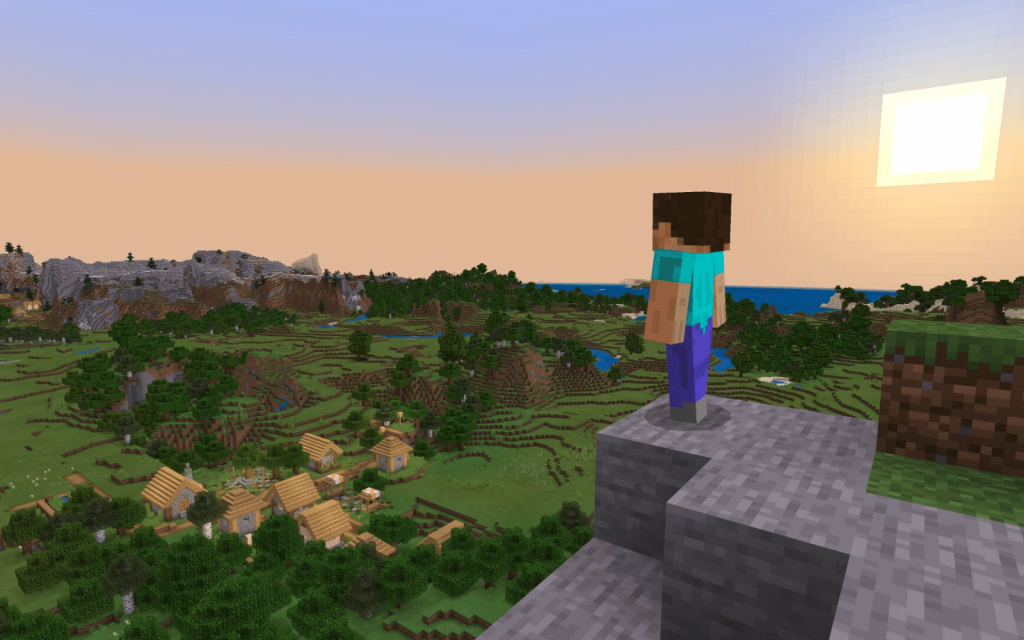Anyone can tell you that Minecraft is one of the most popular — and lucrative — games ever made. Creator Notch, who was made a billionaire by Microsoft — is one. Microsoft’s accountants would chime in too. We’re also fairly certain. But ask the players and those who have played the blocky open-world title this way will tell you that the best way to play it is in virtual reality.
This is a shame because Microsoft has said that it’s ending support for “VR/MR devices”. VR and MR stand for virtual reality and mixed reality, two technologies that are just taking off if you believe the likes of Meta and Apple. Microsoft, on the other hand…
Bye-bye VR Minecraft
Virtual and mixed reality support for Minecraft “..will no longer be supported in updates after March of 2025, when you will receive your final update”, according to the platform’s most recent patch notes. Players can continue to play the game but they “will no longer be able to use your VR/MR device with Minecraft as it will no longer be supported in the latest updates.”
It’s not the end of the world for players who don’t mind playing solo or those who operate their games in contravention of the terms of use, of course. The simplest answer for VR fans is to just not install the March 2025 update but that will make it significantly harder to play online with friends. Then there’s the lack of future updates to think about.
Read More: Minecraft is (by far) the best-selling video game on the planet with 300 million copies sold
These changes for Minecraft might be unexpected but they are easy to understand. Microsoft also recently killed off the commercial version of its Hololens platform. Dedicating resources to keeping even its most popular title on a fairly niche platform doesn’t make sense, especially when AI and Copilot are sucking up all of the company’s available resources.
Virtual reality isn’t a direction that Microsoft (and Minecraft) currently sees as profitable. Given that Apple is recently supposed to have scaled back its Vision Pro production, this might indicate a more general trend in the tech industry.




